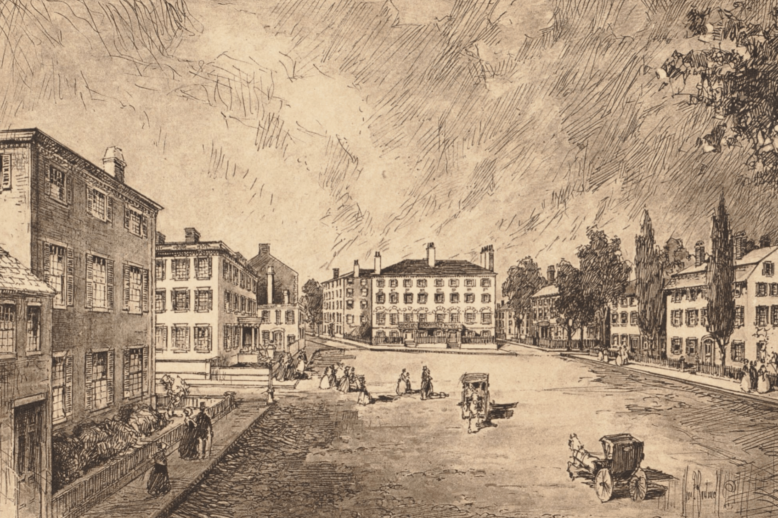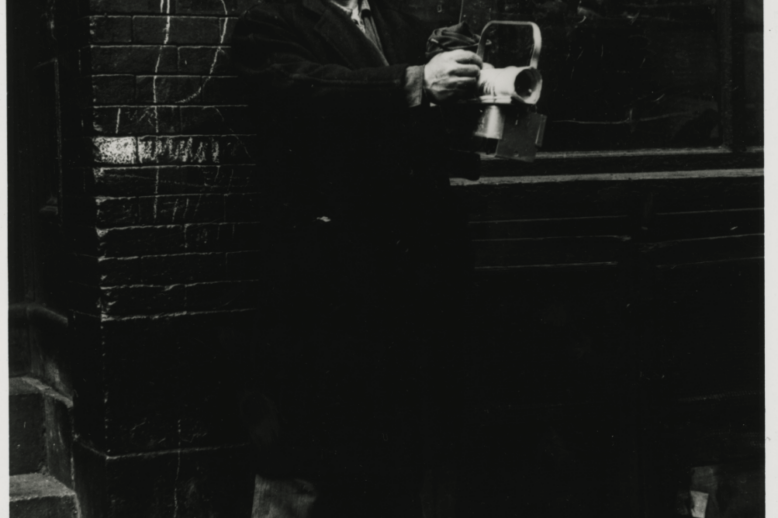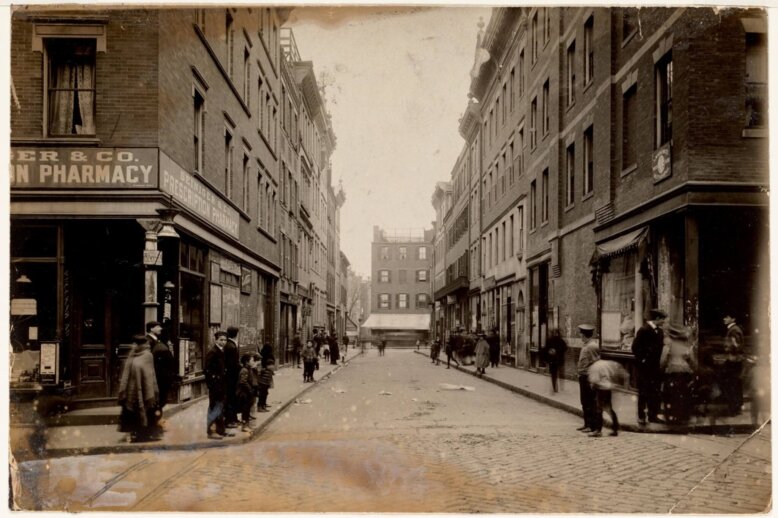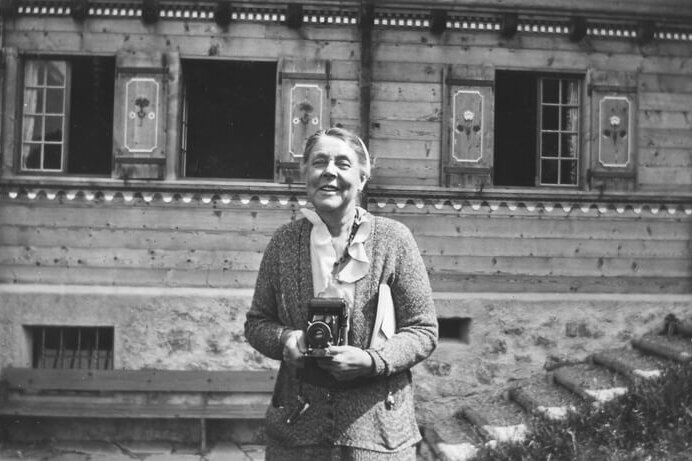Bowdoin Square, Part 1: 18th & 19th Centuries
Bowdoin Square has gone through many phases, including rapid development, growing population, changing fortunes, urban renewal, and attempts at revitalization. Today the name survives mainly in the name of an MBTA station, but examination of Bowdoin Square provides insight into two and a half centuries of Boston history. This article, the first part of two, covers the history of the square in the eighteenth and nineteenth centuries.









